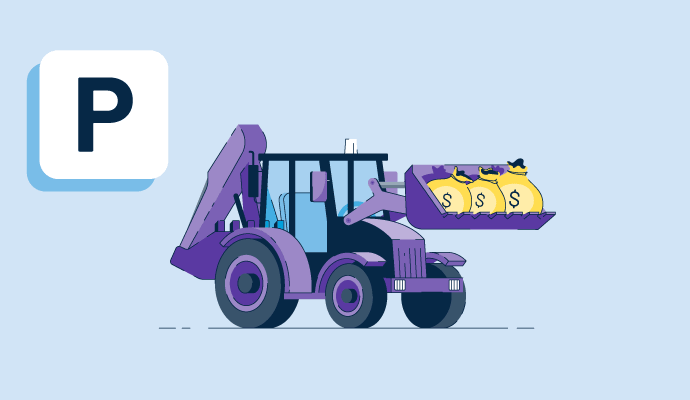What is physical capital?
Physical capital refers to tangible objects or goods that assist in creating and developing a product or service. To aid production processes, businesses invest in manufactured goods, such as real estate, equipment, and inventory. In economics, physical capital is one of the three main factors of production.
It’s common for businesses to use asset tracking software to manage the physical locations and the availability of fixed assets and equipment. These tools are invaluable for asset-intensive companies that use asset tracking solutions to optimize asset allocation, improve inventory management, and monitor the status of products.
Types of physical capital
Physical capital falls into one of two categories: fixed capital and working capital. The types are defined as follows:
- Fixed capital refers to real, tangible assets that businesses repeatedly use to manufacture a product or perform a service. These assets are usually considered long-term and relatively permanent. Fixed capital includes real estate, buildings, major equipment, and machinery.
- Working capital refers to a business’ liquid assets used to make a product or carry out a service. These assets typically help cover daily operations, such as running payroll software. Examples of working capital include cash and raw materials.
Benefits of physical capital
Physical capital is essential for businesses. Some of the benefits of physical capital include:
- Increased productivity and capacity: Many business owners invest in physical capital to provide employees with the resources they need to do their jobs better. Physical assets often help generate a higher profit.
- Ownership and permanency: Unlike human capital or human assets, physical capital belongs to and can remain with a business for many years. Due to these assets' relative permanence and ownership, they are a long-term benefit for organizations when maintained properly.
Challenges of physical capital
Despite the benefits, there are some drawbacks of physical capital worth considering.
- Cost of wear and tear cost: Physical assets, and more specifically fixed capital, are subject to wear and tear, which can be expensive. The business may need to replace buildings, machinery, and major equipment. Frequent replacements add up and become a significant expense over time.
- Attachment to assets: Once businesses invest in physical assets, they are tied to them for an extended period. For example, once a building lease is signed, a company is locked into that specific location for a set amount of time. This can make it more challenging to stay flexible.
- Need for upgrades: Some physical capital, such as machinery and other technologies, may be affected by the changing technology landscape. Technology and software can quickly become obsolete and require upgrades to keep the business running smoothly.
Physical capital vs. human capital
Physical and human capital go hand-in-hand and are both necessary for manufacturing products and performing services. Physical capital refers to tangible objects or goods, such as cash and machinery, that assist in developing a product or service.
Human capital is an intangible asset that refers to the experience, knowledge, and skills workers bring to an organization.

Alyssa Towns
Alyssa Towns works in communications and change management and is a freelance writer for G2. She mainly writes SaaS, productivity, and career-adjacent content. In her spare time, Alyssa is either enjoying a new restaurant with her husband, playing with her Bengal cats Yeti and Yowie, adventuring outdoors, or reading a book from her TBR list.
